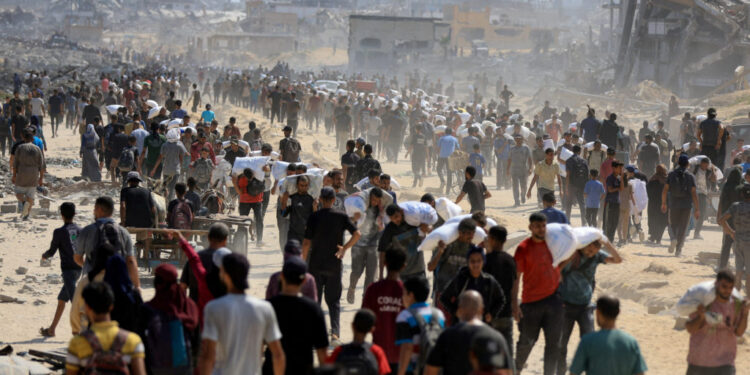After months of dead end, a formula is now resonated as a challenge addressed to Israel: “The ball is in its camp”. This is how Diaa Rashwan, director of Egyptian intelligence services, summed up the situation after Hamas’ announcement to accept the cease-fire proposal prepared by Egypt and Qatar, with the support of a previous American plan.
According to Rashwan, the proposal, already validated by Hamas and other Palestinian movements, was officially transmitted to Israel. She plans:
- a 60 -day Truce,,
- The progressive release of Israeli and Palestinian captives,
- and the opening of a Frame for a sustainable end of war.
Egyptian mediation, which relies on the main lines sketched by Washington, now places Israel before a historic responsibility: accepting or prolonging climbing.
Tel Aviv continues to intensify its military operations, especially in Gaza City where more than 20 Palestinians were killed on Monday. At the same time, Israeli public opinion remains divided: should we continue until the destruction of Hamas, as required by Donald Trump, or seize this Truce as an opportunity to bring back captives and reduce international pressure?
Beyond military calculations, the humanitarian situation requires an emergency: Amnesty International accuses Israel of leading a “deliberate famine campaign”, while malnutrition and the shortage worsen in the enclave. For mediators, the 60 -day Truce must be more than a tactical break: it could be the first step towards a global political settlement.








